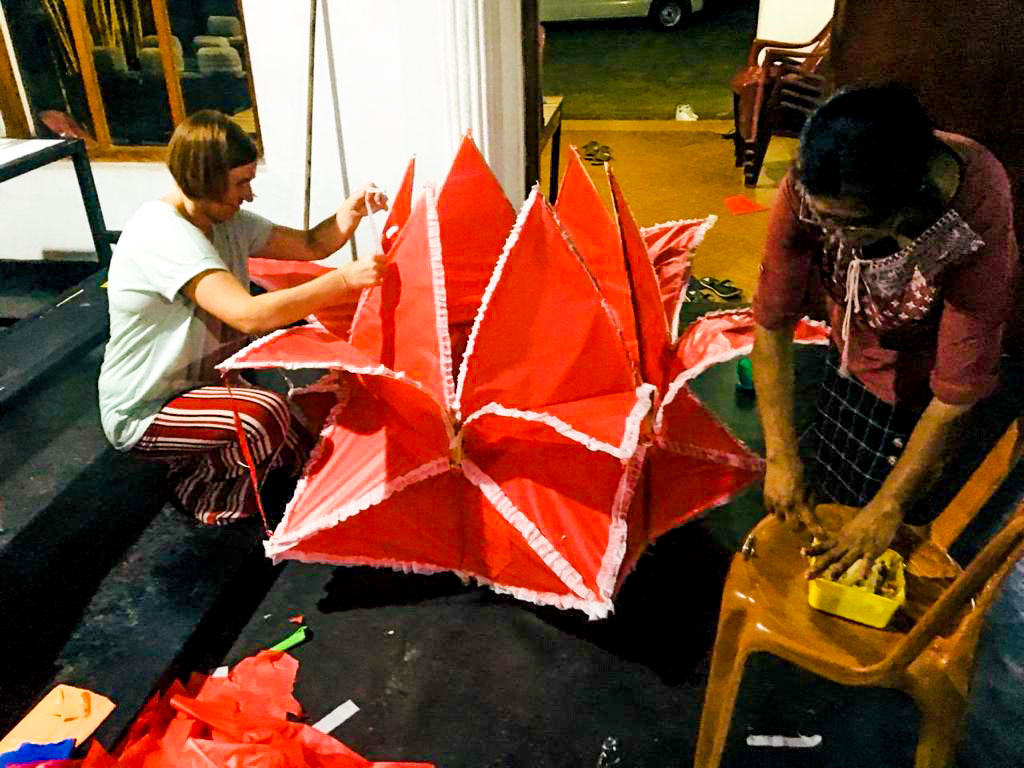
Sri Lankan Vesak Festival – The ‘Lord Buddha’s Day’
The enchanting “Vesak” Festival, also called the “Lord Buddha’s day” internationally, is a grand cultural and religious festival, which commemorates the Lord Buddha’s birth, his enlightenment and his great passing away into Nirvana. The name “Vesak” stems from the fact that the commemoration always falls on the month of ‘Vaisakha’ (May) in the lunar calendar of the Buddhists. Sri Lankans use the term “Vesak Full Moon Poya Day”. Each full-moon day of each month of the year is also a poya day, a Buddhist holiday reserved for religious observances.

Sri Lanka’s festival of lights!
Vesak is often called the Festival of Lights for a very good reason. During the season, devotees decorate their homes and gardens in colourful lanterns. Sway in the gentle breeze of the night, while the moonlight illuminates the world in ethereal splendour – creating a truly mesmerising sight.
Around town, children and adults in special trucks or on daises and stages will sing “Vesak Bathi Gee” (devotional songs) in the evening, similar to Christmas caroling. We celebrated Vesak with its team and the participants along with the local buddhists. We created vesak lanterns and lit them at night on the Vesak full moon poya day.
Participants learnt how to make Vesak lanterns from bamboo sticks and decorated them with colourful papers. It was a time to celebrate and remind each other to live in harmony with people of other faiths and to respect the beliefs of other people as the Buddha taught.
So why is Vesak deemed the Festival of Lights? Because it is customary to light the house with small colourful lanterns and bulbs, much like Christians do it during Christmas. People make Vesak lanterns and ‘buckets’ to decorate their homes and public places. On the streets you will find decorations of lights and Vesak lanterns.
On the evening of Vesak as well as on the evening of the following day, people throng the streets to look at everyone’s decorations, enjoy free treats at the numerous ‘Dansals’, and gape at the beautiful pandols. Religious observances play an important role too. Many Sri Lankans go to the temple, offer alms and devotees listen to “Bana” (preaching) by monks.




